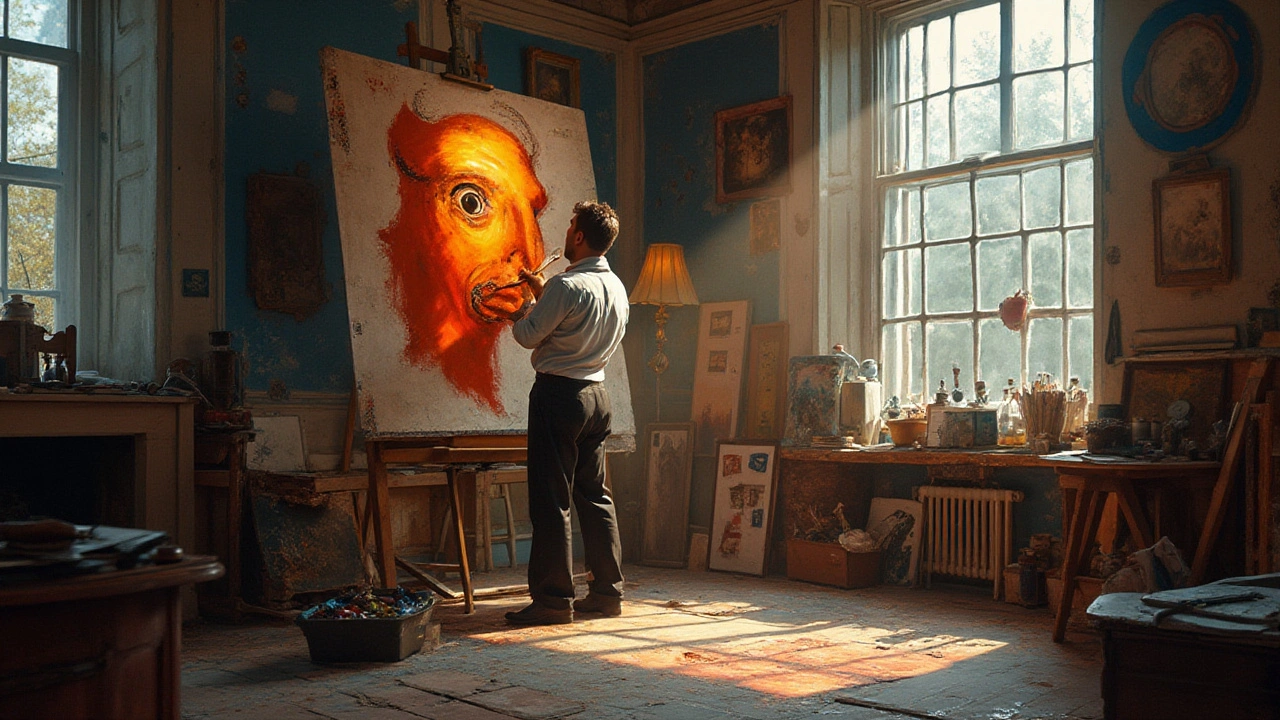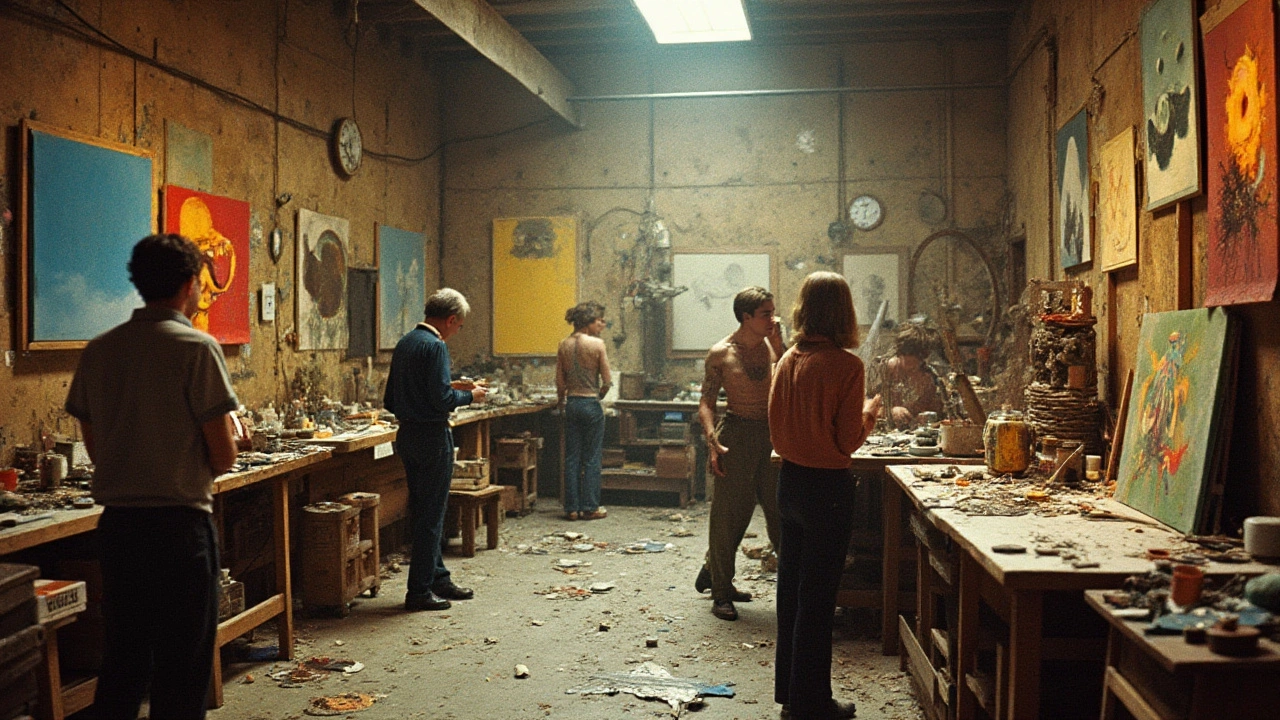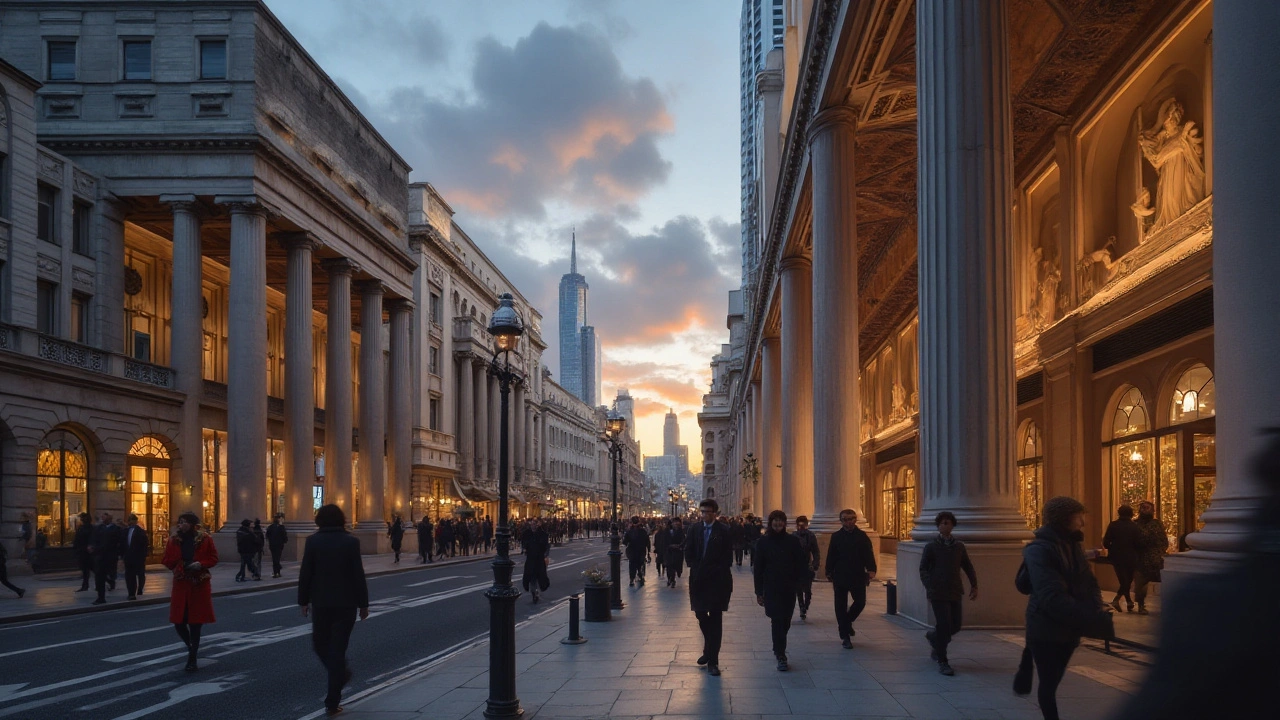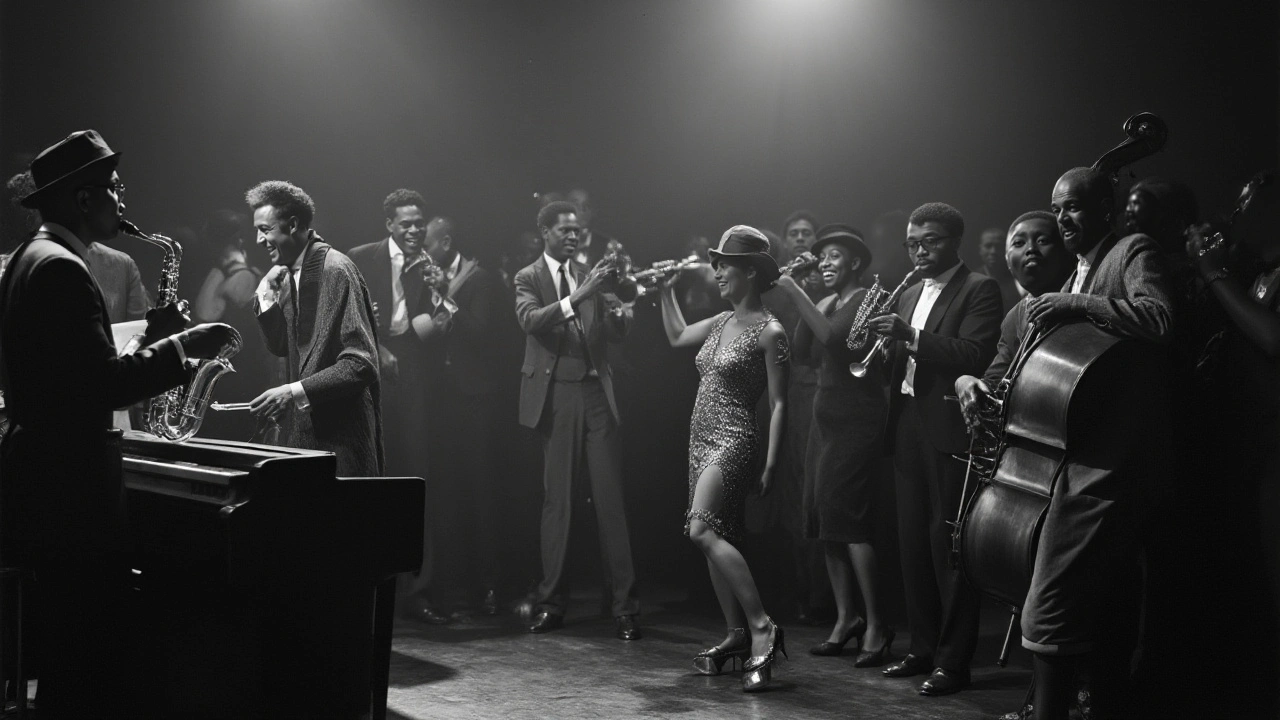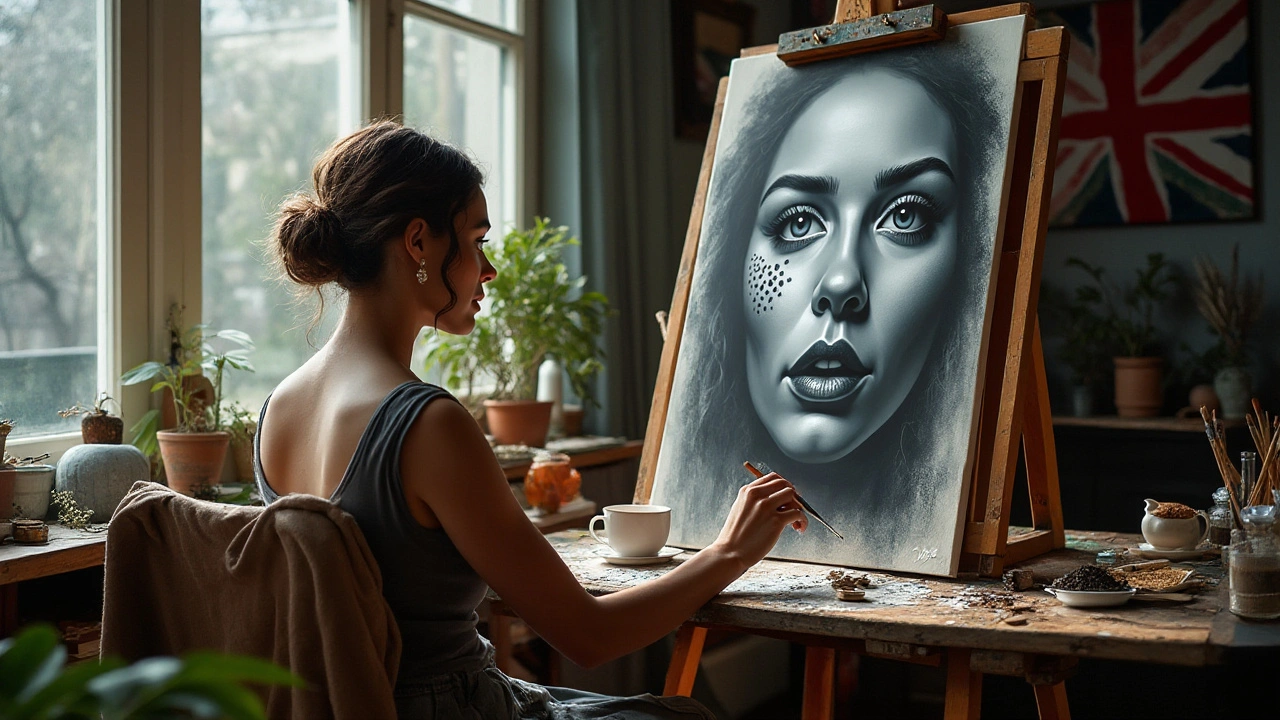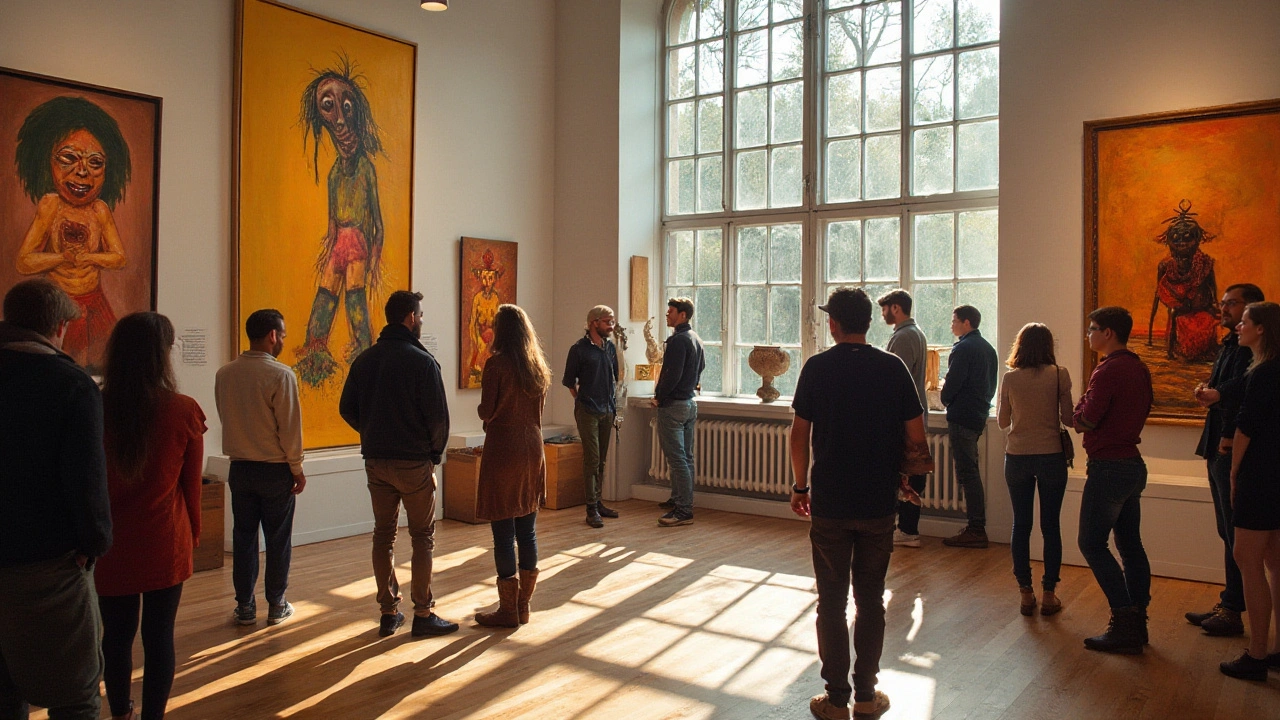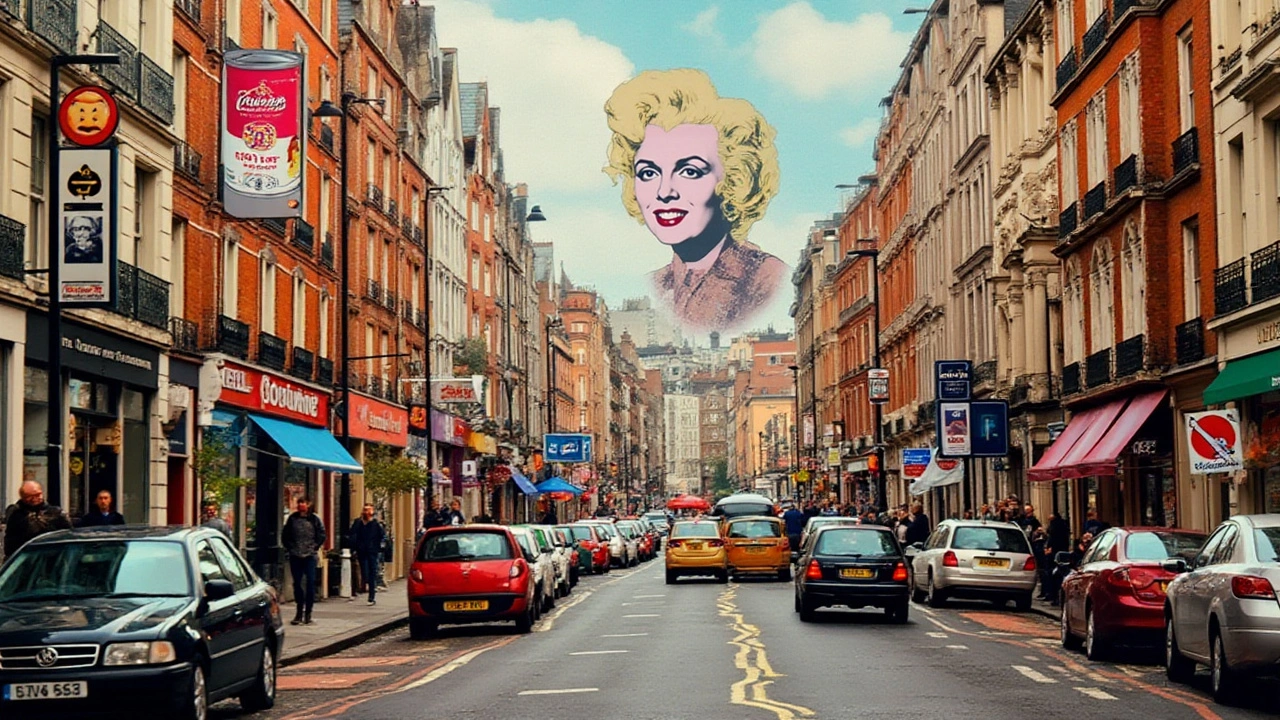September 2024 Archive — Movements, Masters & Techniques
Missed what Paul Artistry published in September 2024? Here’s a straight-to-the-point roundup of the month’s posts. You’ll find clear takes on big movements, hands-on technique tips, and short histories that explain why these styles still matter today.
Highlights from the month
Expressionism — We covered the key legends who pushed feeling over form, the signature techniques they used, and a few standout works that changed how artists showed emotion. If you want to understand raw color and bold brushwork, start here.
Fluxus — This piece breaks down the odd, playful side of the 1960s avant-garde. It explains Fluxus’ focus on process and performance, points out its main figures, and shows how its DIY spirit still pops up in contemporary art and events.
Bauhaus — Read a clear timeline of Bauhaus ideas and how they shaped modern design. The post links practical examples—furniture, buildings, everyday objects—to the movement’s simple functional rules you can spot today.
Reviving Classicism — We asked whether modern nods to classical art are revival or nostalgia. The article gives concrete examples from architecture and visual arts and explains what makes a modern work feel ‘classical’ without copying the past.
Harlem Renaissance — This article focuses on the energy of 1920s–30s Black creativity in New York. It highlights major artists, writers, and how the movement reshaped American culture. Good if you want a short but solid cultural snapshot.
Photorealism — Want to paint like a photo? The photorealism post lists essential tools, step-by-step technique tips, and common mistakes to avoid. It’s practical and written so hobbyists can try techniques right away.
Primitivism — This one explains why some artists chose rawness over refinement and how that choice influenced modern art. The article points to major figures and shows how the movement challenged mainstream taste.
Pop Art in the Digital Era — We tracked how Pop Art’s bold colors and mass-culture themes evolved with screens and social media. Expect examples of modern artists who remix advertising, memes, and software-driven tools.
Why these posts matter
Each article gives a clear reason to care: history that explains style, practical tips you can use, or fresh viewpoints on familiar movements. Want technical steps? Check photorealism. Curious about cultural impact? Read the Harlem Renaissance or Fluxus pieces.
If one topic grabs you, click the full post and read deeper. These summaries aim to point you straight to what you’ll learn next—no filler, just useful art insight you can try, study, or argue about.

